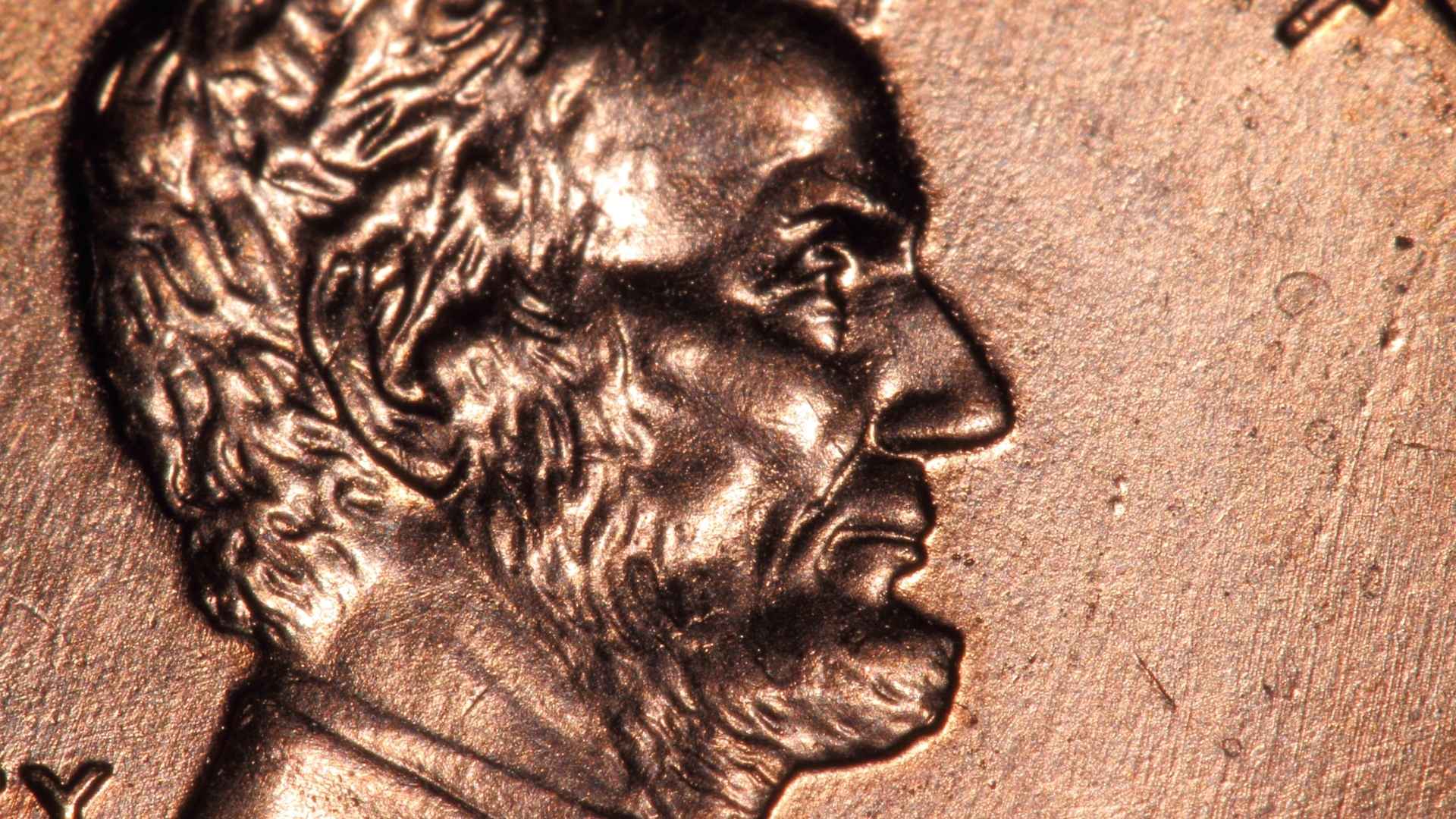From the first 1909‑S VDB cent to the error‑laden 1955 doubled die, America’s humble one‑cent coin still hides four‑ and even five‑figure surprises in pocket change. The latest market snapshots show that specific Lincoln wheat cents now command anywhere from a few extra cents to well over $100,000, depending on mint mark, year and grade. That means history buffs and casual thrifters alike could be holding miniature fortunes.
Collectors eyeing a quick primer should know this first: scarcity and state of preservation work hand in hand. Mint‑state coins from low‑mintage years stand out, while heavily circulated examples rarely break a dollar. Ready to see which issues matter most?
Rare early mint marks that drive the highest wheat penny price spikes
Early production runs at the San Francisco and Denver mints produced some of the series’ scarcest cents. Coins such as the 1909‑S VDB (only 484,000 struck) and the 1914‑D remain perennial headliners. On the flipside, Philadelphia struck the bulk of wheat pennies, so pieces lacking a mint mark tend to be common—unless an oddity like the 1922 “No D” surfaces.
| Year | Key mint mark | Approx. value (Good – Mint State) |
|---|---|---|
| 1909 | S VDB | $700 – $2,500+ |
| 1914 | D | $200 – $3,000+ |
| 1922 | No D | $300 – $2,000+ |
| 1931 | S | $75 – $200+ |
| 1943 | Copper planchet | $100,000+* |
| 1955 | Doubled die obverse | $1,000 – $15,000+ |
| 1958 | D | $0.05 – $1.00+ |
*Only about two dozen authentic copper 1943 cents have been confirmed.
How coin grading and careful storage can dramatically influence final sale profits
Condition isn’t just another buzzword—it’s the profit maker. Third‑party grading services such as PCGS and NGC assign numeric “Mint State” (MS) scores from 60 to 70. An MS‑65 1914‑D, for instance, can fetch ten times the price of the same coin graded Fine‑12. Therefore, slipping a newly found penny into a soft Mylar flip—or better yet, a hard plastic slab—can literally preserve thousands of dollars. Pretty neat, right? This is the step‑by‑step checklist for beginners hoping to spot valuable Lincoln wheat cents:
- Inspect the date and look for a mint mark under the year.
- Compare against the key‑date shortlist above.
- Check for obvious doubling or striking errors with a 10× loupe.
- Sort coins by eye appeal, setting aside brighter, unblemished pieces.
- Submit high‑potential finds for professional grading before selling.
So, where should you cash in? Brick‑and‑mortar coin shops remain reliable, while reputable online auction platforms broaden your buyer pool. For five‑figure pieces, a major auction house offers visibility and fraud protection.
Tiny copper coins that still punch above their weight
A century after their debut, wheat pennies continue to capture imaginations—and open wallets. Focus on scarce mint marks, verify condition, and safeguard your discoveries promptly. Do that, and you might just turn everyday pocket change into a tidy windfall.From the first 1909‑S VDB cent to the error‑laden 1955 doubled die, America’s humble one‑cent coin still hides four‑ and even five‑figure surprises in pocket change.

